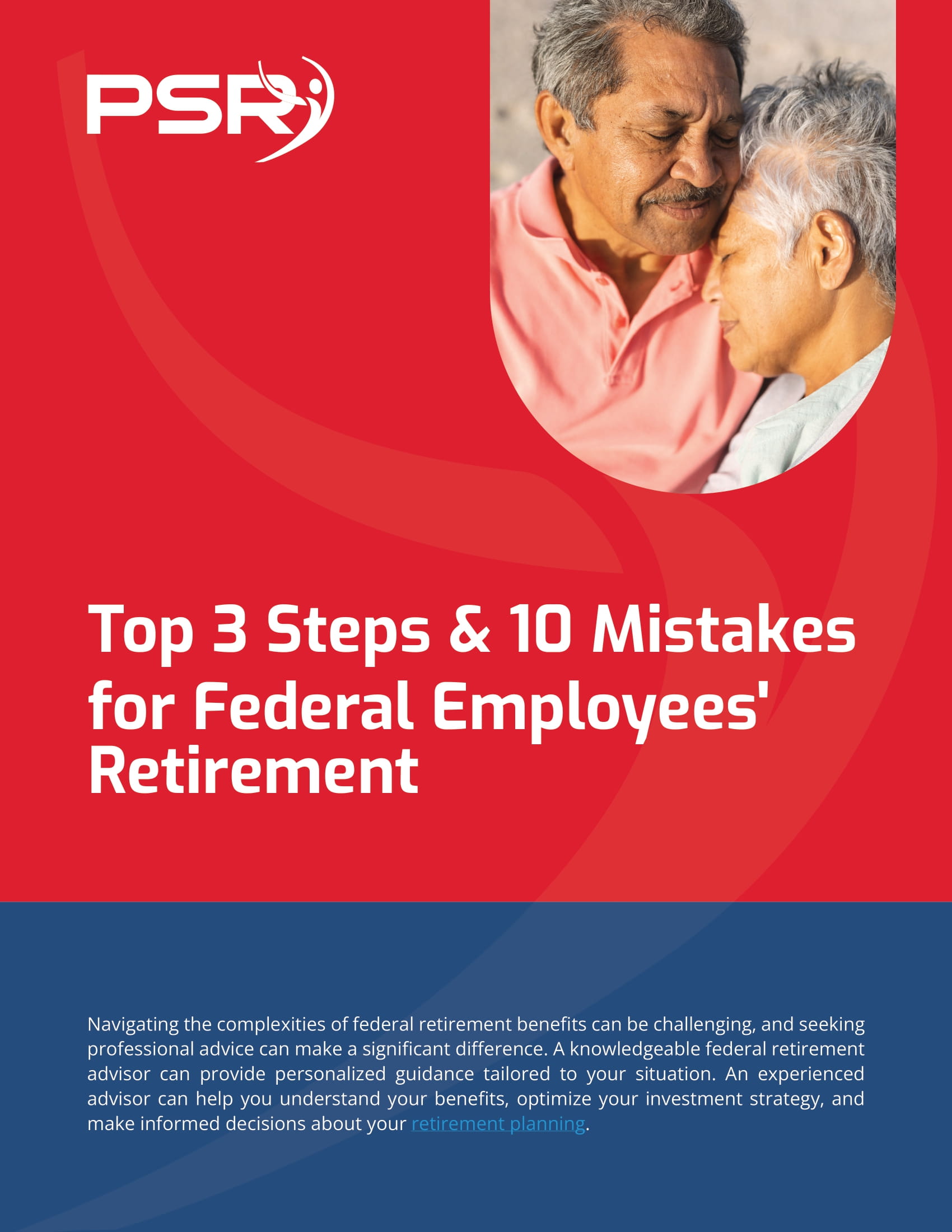Key Takeaways
-
Retirement planning in 2025 requires federal employees to think beyond the basics, as recent legislative and policy shifts have created new financial and healthcare pressures.
-
Taking a proactive approach now can help protect your long-term income security and ensure your healthcare costs remain manageable after retirement.
Rising Pressures on Federal Retirement Planning
Public service careers have long been associated with dependable retirement benefits. However, in 2025, this assumption no longer holds up entirely. With changes in federal contributions, inflation-driven living costs, and new legislative proposals, retirement security is starting to feel uncertain for many government employees. You may be approaching retirement with concerns that didn’t exist just a few years ago.
- Also Read: Postal Employees, Big Changes Are Coming to Your Benefits in 2025—Here’s What You Need to Watch Out For
- Also Read: Military Buyback Programs Explained: Here’s How Federal Employees Can Use Them to Boost Their Pensions
- Also Read: Joining Civilian and Military Benefits—Why It’s the Best Move You’ll Make for Retirement
Financial Shifts That Affect Your Plans
A number of changes are tightening the financial margins around retirement planning. You need to stay informed about the following key shifts:
1. Slower Growth in Annuity Benefits
If you’re under the Federal Employees Retirement System (FERS), your annuity remains a cornerstone of your retirement income. But the annual cost-of-living adjustment (COLA) for FERS retirees tends to trail inflation—particularly when inflation spikes.
In 2025, COLA is 3.2%, down from 3.2% in 2024 and 8.7% in 2023. These numbers may seem decent, but when you factor in rising healthcare and housing costs, that increase may not stretch as far as you hoped. Civil Service Retirement System (CSRS) retirees get the full COLA, but FERS retirees receive a reduced adjustment when inflation exceeds 2%.
2. Higher Health Insurance Premiums
Premium contributions for the Federal Employees Health Benefits (FEHB) Program have climbed in 2025. On average, enrollees are paying 13.5% more than they did in 2024. For retirees, this matters because your fixed income may not keep up with these rising premiums.
If you are a Postal Service retiree, the switch to the new Postal Service Health Benefits (PSHB) Program in 2025 has added another layer of complexity—particularly if you are now required to enroll in Medicare Part B. While the integration offers some long-term savings, the upfront Part B premium can be a new and unexpected expense.
3. Uncertain TSP Performance
Your Thrift Savings Plan is subject to market fluctuations. While long-term growth remains possible, short-term volatility could derail retirement timelines if you are too heavily invested in risky funds. With global economic uncertainty continuing in 2025, it’s important to assess your asset allocation and determine whether it still matches your retirement timeline and risk tolerance.
4. Legislative Proposals Impacting Retirement Income
There are new legislative efforts in 2025 that could affect how your benefits are calculated:
-
Locality Pay Exclusion: A bill proposes removing locality pay from your high-3 average salary calculation. If passed, this could lower your annuity estimate significantly, especially for those in high-cost areas.
-
FEHB Contribution Changes: A flat-rate voucher model has been proposed, which could limit the government’s share of your FEHB premiums, increasing your out-of-pocket costs.
-
TSP G Fund Changes: Lawmakers are considering eliminating the subsidy that keeps the G Fund stable, which may reduce its reliability for conservative investors.
What You Should Be Doing Right Now
With so much change happening in 2025, waiting until retirement to review your plan could be a costly mistake. Instead, take these important steps now:
Reevaluate Your Retirement Timeline
Are you still planning to retire at your original target date? Consider whether:
-
Your FERS supplement ends at age 62, regardless of your Social Security plans
-
The rising cost of living might stretch your retirement income thinner than expected
-
Delaying retirement by even one or two years could increase your annuity and TSP balance
Use your Service Computation Date (SCD) and current high-3 average to calculate whether postponing retirement can yield better long-term outcomes.
Review Your TSP Allocation
In 2025, market volatility remains a real concern. Revisit your TSP investment choices:
-
Are you diversified across G, F, C, S, and I Funds?
-
Are you nearing retirement with too much exposure to riskier assets?
-
Would shifting toward lifecycle funds or stable income strategies make sense?
If you’re age 60–63, remember that your catch-up contribution limit is now $11,250 under Secure Act provisions.
Plan for Health Coverage After Retirement
Make sure you understand what your healthcare coverage will look like in retirement. Will you:
-
Continue FEHB into retirement?
-
Need to enroll in Medicare Part B?
-
Qualify for any premium reimbursements or coordination of benefits between FEHB and Medicare?
For those transitioning into PSHB in 2025, Medicare Part B enrollment is now mandatory in many cases. However, exemptions exist if you retired on or before January 1, 2025, or are age 64 or older as of that date.
Understand Your Social Security Timing
Full Retirement Age (FRA) is 67 for anyone born in 1963. But you can start benefits at 62 with reduced payouts—or delay up to age 70 for higher monthly payments. Pair this decision with your FERS supplement ending at 62.
Also remember:
-
The 2025 earnings limit for early retirees is $23,480
-
Your Social Security benefit will not be reduced by the Windfall Elimination Provision (WEP) if you’re a CSRS retiree, since WEP was repealed in January 2025
Stay Informed About Policy Changes
Make it a habit to track legislative updates. Just because a bill hasn’t passed yet doesn’t mean it won’t affect your future. It’s wise to run projections based on both best- and worst-case outcomes.
Managing Your Expectations in a New Retirement Landscape
Gone are the days when a set-it-and-forget-it retirement plan would suffice. In 2025, you need to build flexibility into your plan. That means:
-
Planning for longer life expectancy and higher medical expenses
-
Adapting to a less predictable policy environment
-
Factoring in the end of certain benefits, like the FERS supplement at 62
-
Building an emergency reserve that doesn’t rely solely on TSP or annuity income
Keep your expectations realistic but proactive. This new environment doesn’t mean you can’t retire securely—it just means you must be more engaged.
How to Safeguard Your Future Income
It’s time to get strategic about protecting your retirement income:
-
Use conservative estimates when projecting retirement income
-
Plan for inflation to continue eating into your purchasing power
-
Coordinate all benefit streams—your FERS annuity, TSP, Social Security, and FEHB
-
Avoid withdrawing too much from your TSP early in retirement. Required Minimum Distributions (RMDs) begin at age 73, but don’t wait until then to create a drawdown plan
You might also want to consider:
-
Setting up a Roth conversion ladder if you’re retiring early
-
Making use of catch-up contributions if you’re 50 or older
-
Consulting a licensed agent about annuity options or supplemental coverage
Preparing for Retirement in 2025 Requires New Thinking
The public service retirement experience is evolving. You need to approach the next phase of your career or life with greater awareness, discipline, and adaptability. The good news is: you don’t have to go through it alone.
Get in touch with a licensed agent listed on this website for personalized support and to create a retirement plan that reflects the new realities of 2025.









